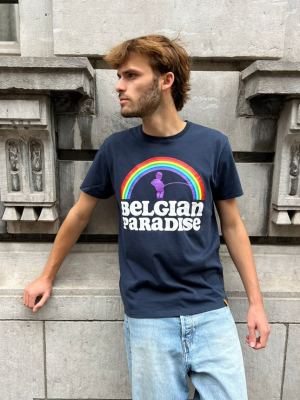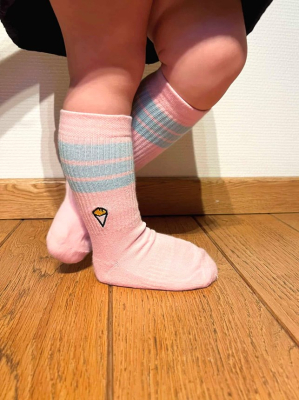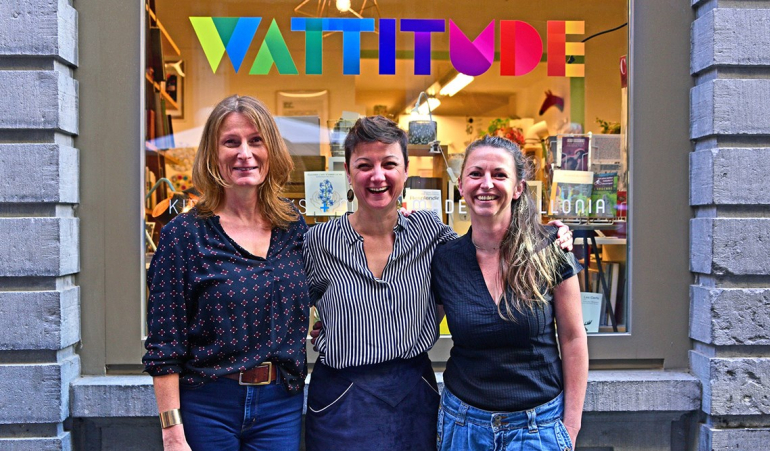
December is already here, along with its gift lists. To help you find the perfect present without running all over the place during this already busy end-of-year period, one website lists original, local products exclusively designed and/or made in Wallonia: Wattitude.be. An online shop lets you purchase fashion accessories, design items, gourmet specialties, books, toys… from 700 Walloon creators. There is also a physical store right in the heart of Liège for those who prefer to stroll around and shop away from screens.
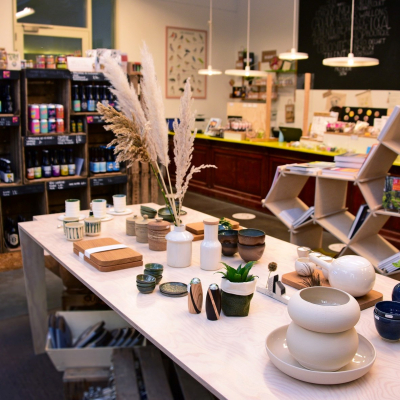
Launched in 2012 by architect and scenographer Emmanuelle Wégria, Wattitude quickly won over the public with its originality and its local, eco-responsible, ethical concept. Are you an artisan creating in Wallonia? Don’t hesitate to join the adventure: the Wattitude team is always on the lookout for new talents and hidden gems to showcase.
Here is a small, random and fully subjective selection of treasures you can find with just one click on the Wattitude.be storefront.
Style up, darling!
To look your best for the holidays, fall for the simple yet sophisticated jewellery by Hélène Collin, Grigri, or the colourful earrings by Fougere.
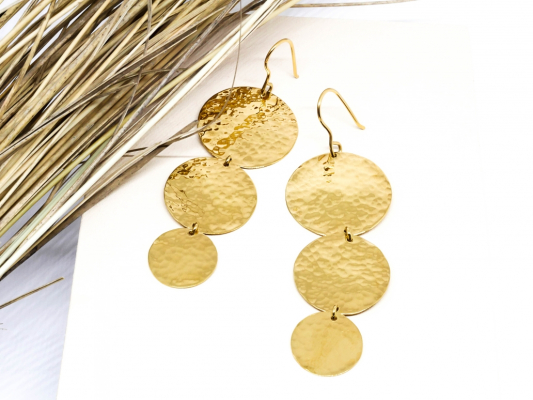
An essential fashion accessory that has made a strong comeback this year: brooches. A true piece of jewellery in their own right. The hand-embroidered brooches from Atelier Lucette, made from recycled materials, or those by Alexandra M. Créations will add a touch of fantasy and poetry to your outfits. It’s also such a pleasure to spoil a loved one with a custom-made accessory reflecting their tastes or personality.
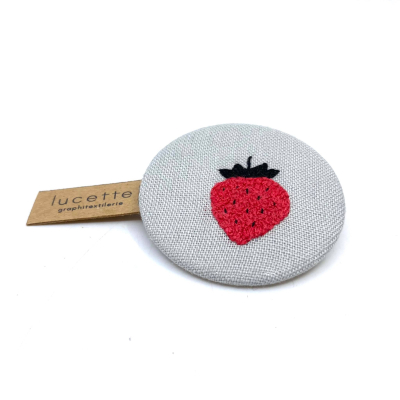
Want to show off your “belgitude”? Choose the caps, t-shirts or socks by B-Shirt (a.k.a. United States of Belgium)—100% Belgian, quirky, and made in Europe with respect for people and the environment. What else?
Get clean and beautiful without dirtying the planet
In the shower, discover the zero-waste solid soaps and shampoos by La Maisonnette or Formy, or the organic and vegan collection by O’Naturalis, which associates each product with a charming little character (O’Smose to relax, O’Dorant deodorant, O’Clock anti-age serum, O’Norée with shea butter…).
Hand cream Urbain, face cream Simone, body oil Bernadette, extra-rich soap Jeanine—the brand Bobone (special mention for the wonderfully bold name and all its playful variations) uses only natural or local ingredients.
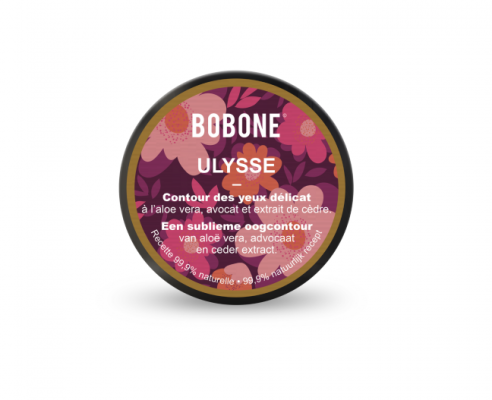
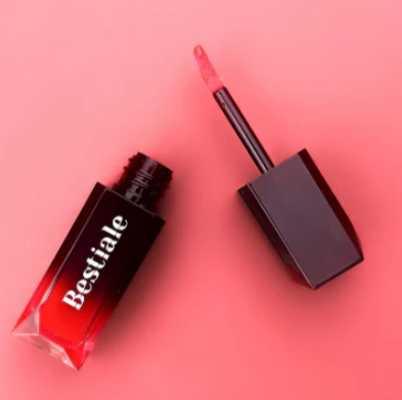
For a radiant face and eyes, Bestiale (another favourite) offers mascara, 2-in-1 blushes and environmentally friendly, health-safe lipsticks. From the fierce deep-red “bordeaux arme fatale” to the gentler “dimanche” for family meals, there’s something for every kind of kiss.
Design, décor and poetry
Year-end festivities also mean big gatherings and cosy home décor. The ceramics of Deniz, ’den, or Christine Brassine will brighten your table beautifully.
Wattitude also carries a wide selection of CDs, vinyls, tapes, books (to learn more about Belgium or Wallonia or to discover Walloon authors), magazines (Wilfried, Imagine, Médor, Maison du rock, Spéculoos), games, and stationery.
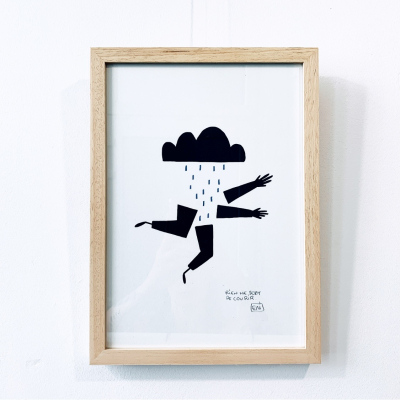
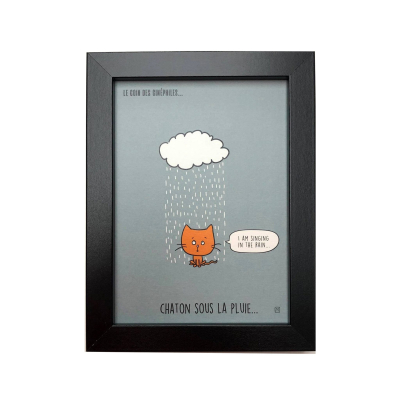
Want to make someone smile—or even laugh? Designer Emi Garroy creates poetic and humorous illustrations on countless items (badges, mugs, stationery, notebooks, umbrellas—always useful in Belgium—birth announcements…). Catherine Maréchal, on the other hand, offers framed wordplays and quirky animal designs.
To enjoy with moderation
A must: several craft beers are available in the e-shop: Belgium Peak Beer, those from Labo 28 microbrewery, Brasserie du Borinage, Pulp, and many more. In total, more than 15 breweries and nearly 200 types of beer are listed.
To warm up by the fire, Wattitude also offers a wide selection of gin, whisky and other spirits made in Wallonia: Les Vintrépides, The Owl Distillery, Distillerie de Biercée, Oufti Gin,… not to mention wines and bubbles for toasting : Domaine du Château de Bioul,…
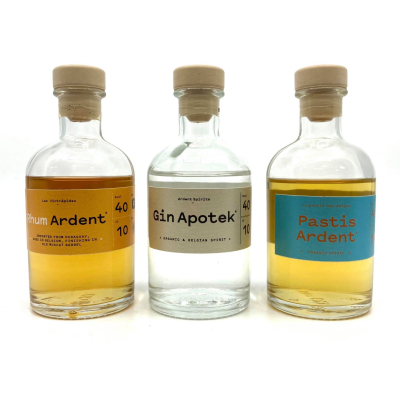
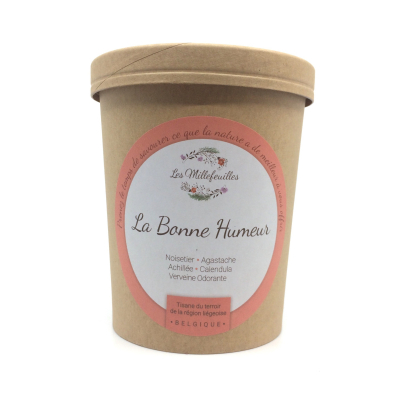
And for the wisest among you, there are of course soft drinks, mocktails and the delicious herbal teas from Herboristerie Les Millefeuilles.
To savour freely
From the apéritif with Clarembeau’s little From’tons or the spreads from BE-APERO (including the intriguing yet classic boulet liégeois in spreadable form), to the terrines and rillettes by Coq des Prés, you move from savoury to sweet with chocolate delights (Dolfin or the irresistible Unicorn Farts by Carré Noir), the delicious Grand-mother’s Candies or Lucky Sweet treats, which also offers charming glass candy jars to thank teachers, grandmas or friends as the year comes to an end.
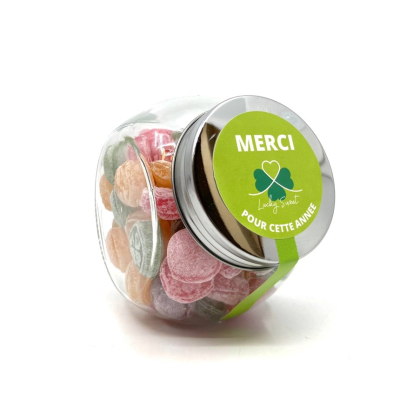
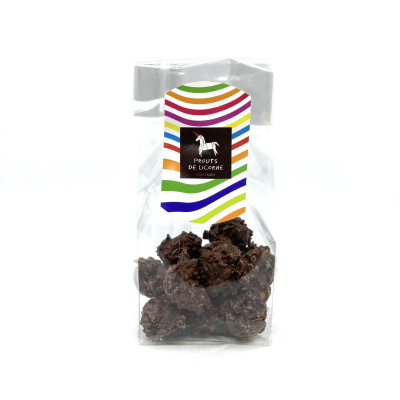
To use a bit more sparingly: the fiery hot sauces from Ardentes Hot Sauce Cie to spice up your dishes.
Sustainable corporate gifts
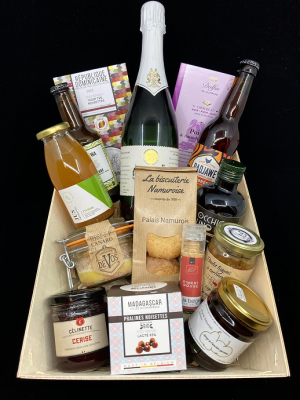

Wattitude also offers gourmet baskets filled with Walloon specialties to eat or drink. A local, organic gift that will delight the taste buds of all your employees or colleagues. These boxes can be personalised upon request. Wattitude also collaborates with Artlequin and Biscuiterie Namuroise, which offer candles, keychains, and biscuits customised in your company colours.

Don’t wait any longer—treat your loved ones to beautiful, delicious, Walloon-made gifts.
Marie Ledru (AWEX)
